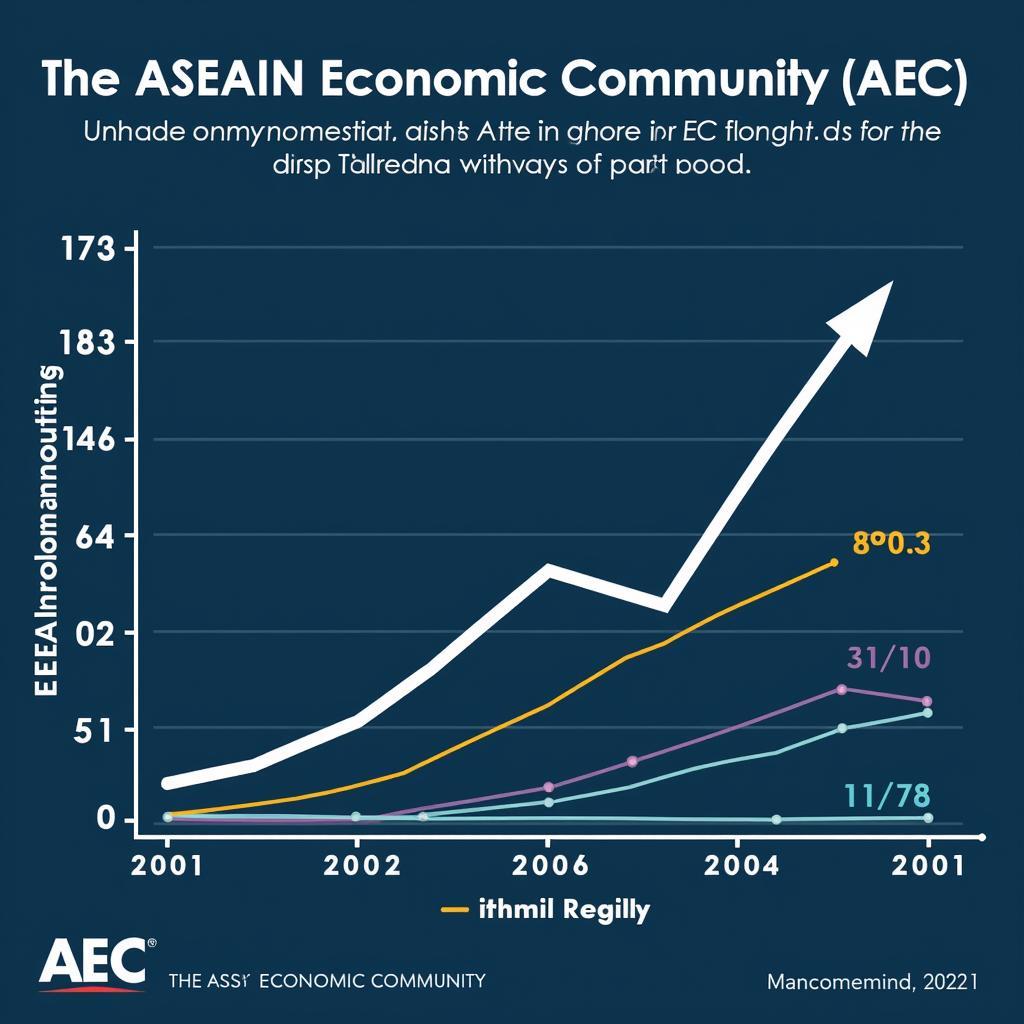ASEAN MSTs (Mutual Recognition Arrangements) are key to fostering economic integration within the Southeast Asian region. They facilitate the free flow of goods and services by harmonizing standards and professional qualifications, boosting trade and promoting regional competitiveness. This comprehensive guide delves into the intricacies of ASEAN MSTs, exploring their significance, benefits, and impact on various sectors.
What are ASEAN MSTs and Why are They Important?
ASEAN MSTs are agreements among the member states of the Association of Southeast Asian Nations (ASEAN) to recognize each other’s conformity assessment procedures. This means that products or services certified in one ASEAN country can be accepted in others, eliminating the need for redundant testing and certification processes. This streamlines trade, reduces costs for businesses, and enhances consumer confidence. The importance of ASEAN MSTs lies in their contribution to a single market and production base, a core objective of the ASEAN Economic Community (AEC).
Key Benefits of ASEAN MSTs for Businesses
ASEAN MSTs offer a range of advantages for businesses operating within the region. These include:
- Reduced costs: Eliminating duplicate testing and certification saves time and money.
- Faster market access: Products can reach consumers in multiple ASEAN countries more quickly.
- Increased competitiveness: Harmonized standards improve product quality and boost competitiveness.
- Enhanced trade facilitation: Simplified procedures make cross-border trade smoother.
- Greater regional integration: MSTs contribute to the development of a single ASEAN market.
How do ASEAN MSTs Work in Practice?
The implementation of ASEAN MSTs involves several key steps:
- Negotiation and agreement: ASEAN member states negotiate and agree on the scope and requirements of each MRA.
- Designation of Conformity Assessment Bodies (CABs): Each country designates CABs that are authorized to issue certificates based on agreed-upon standards.
- Mutual Recognition: Member states agree to recognize the certificates issued by designated CABs in other countries.
- Monitoring and review: The implementation of MRAs is regularly monitored and reviewed to ensure effectiveness and address any challenges.
Sectors Covered by ASEAN MSTs
ASEAN MSTs cover a wide range of sectors, including:
- Electrical and electronic equipment: Harmonized safety and performance standards for electrical appliances.
- Telecommunications equipment: Mutual recognition of testing and certification for telecom products.
- Cosmetics: Agreement on common standards for cosmetic ingredients and labeling.
- Pharmaceuticals: Cooperation on drug registration and quality assurance.
- Automotive: Harmonization of vehicle safety and emission standards.
The Future of ASEAN MSTs
ASEAN MSTs are constantly evolving to adapt to the changing regional and global landscape. Future developments are likely to focus on:
- Expanding the scope of MRAs: Including more sectors and professions.
- Strengthening implementation: Improving the effectiveness and efficiency of MRAs.
- Deepening regional integration: Further aligning standards and regulations to create a truly seamless ASEAN market.
“ASEAN MSTs are not just about trade facilitation,” says Dr. Maria Santos, a leading economist specializing in Southeast Asian integration. “They are a crucial building block for a more integrated and prosperous ASEAN community.”
Challenges and Opportunities for ASEAN MSTs
While ASEAN MSTs have achieved significant progress, challenges remain:
- Varying levels of development: Differences in regulatory frameworks and technical capacity among member states can hinder implementation.
- Non-tariff barriers: Despite MRAs, non-tariff barriers such as customs procedures and sanitary regulations can still impede trade.
- Enforcement and compliance: Ensuring effective enforcement and compliance with agreed-upon standards is essential for the success of MRAs.
However, these challenges also present opportunities for growth and improvement. By addressing these issues, ASEAN can further strengthen its integration efforts and unlock the full potential of MSTs. “Overcoming these challenges requires collaborative efforts among ASEAN member states and stakeholders,” adds Mr. Lee Tan, a prominent business consultant in the region. “It’s about building trust and working together to achieve common goals.”
Conclusion
ASEAN MSTs are a cornerstone of regional economic integration, facilitating trade, reducing costs, and promoting competitiveness. While challenges remain, the future of ASEAN MSTs holds significant promise for further enhancing regional cooperation and prosperity. By continuing to strengthen implementation and expand their scope, ASEAN MSTs will play a vital role in shaping a more integrated and dynamic ASEAN Economic Community.
FAQ
- What is the main purpose of ASEAN MSTs? (To facilitate trade and economic integration among ASEAN member states.)
- How do MSTs benefit businesses? (By reducing costs, speeding up market access, and enhancing competitiveness.)
- Which sectors are covered by ASEAN MSTs? (Various sectors including electrical equipment, cosmetics, pharmaceuticals, and automotive.)
- What are some challenges facing ASEAN MSTs? (Varying levels of development, non-tariff barriers, and enforcement issues.)
- How can I find more information about specific ASEAN MRAs? (By consulting the ASEAN Secretariat website and relevant national authorities.)
- What is the relationship between MSTs and the ASEAN Economic Community? (MSTs are a key instrument for achieving the AEC’s vision of a single market and production base.)
- What is the role of Conformity Assessment Bodies (CABs) in the implementation of MSTs? (CABs are authorized to issue certificates based on agreed-upon standards, which are then mutually recognized by member states.)
For further assistance, please contact us: Phone: 0369020373, Email: aseanmediadirectory@gmail.com. Our office is located in Ngoc Lien Village, Hiep Hoa, Bac Giang, Vietnam. We offer 24/7 customer support.
